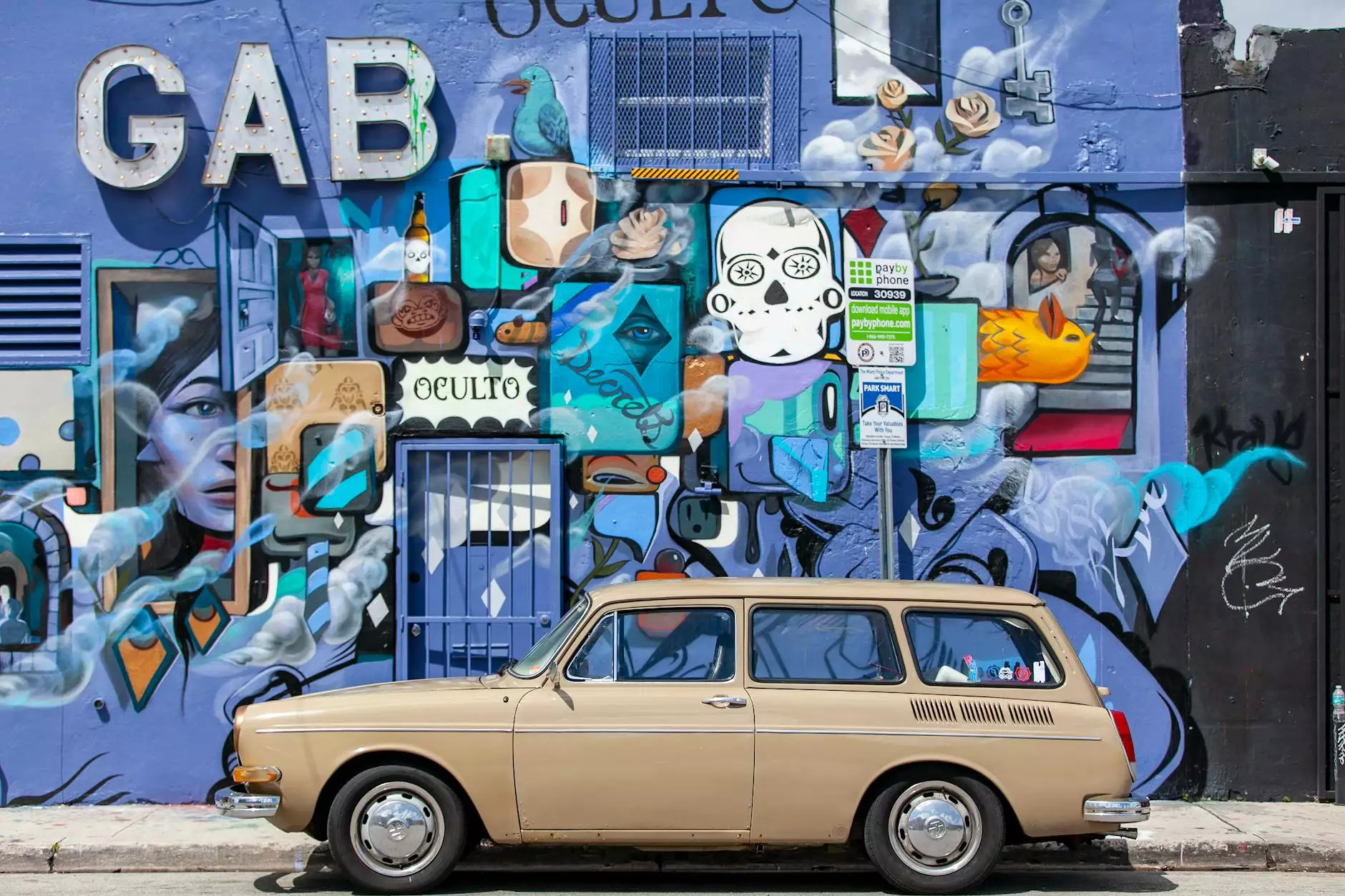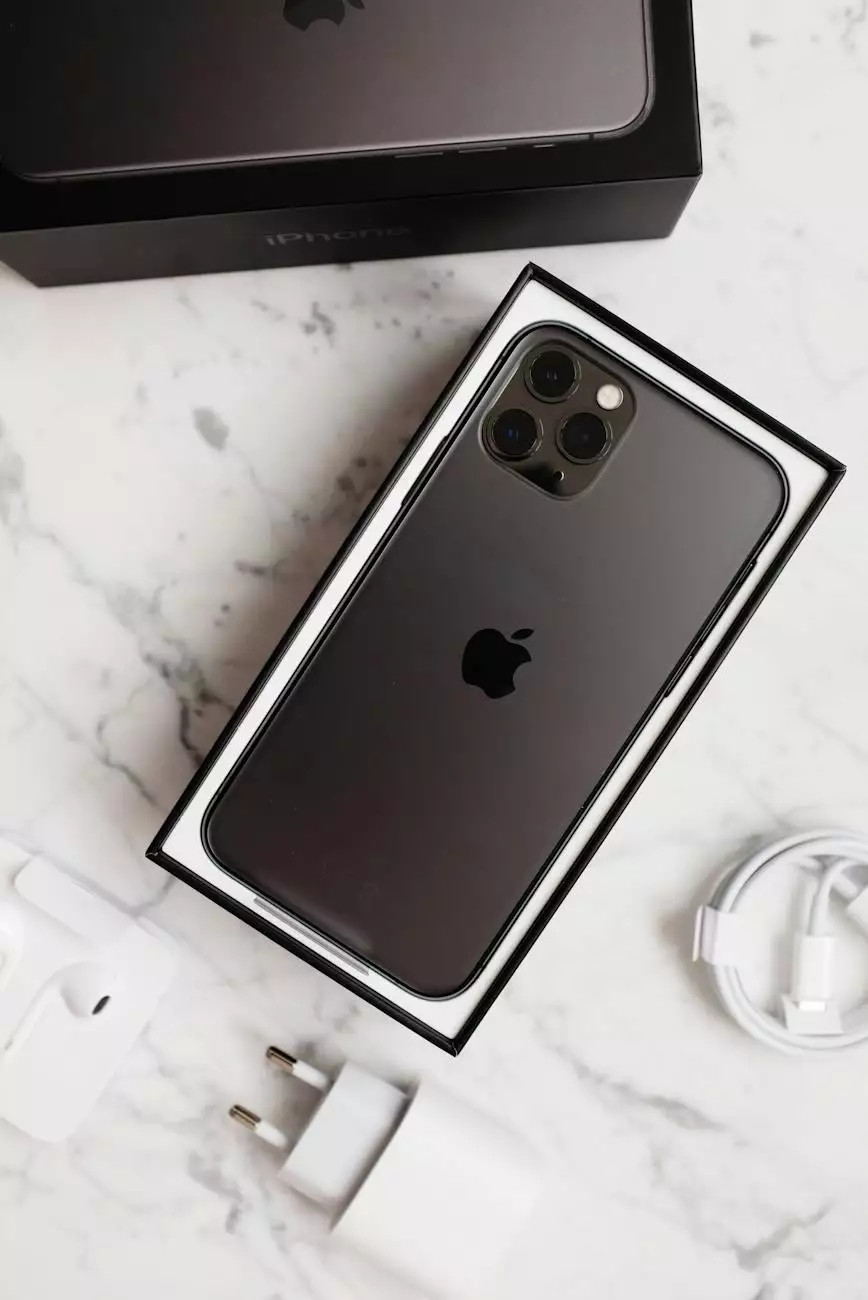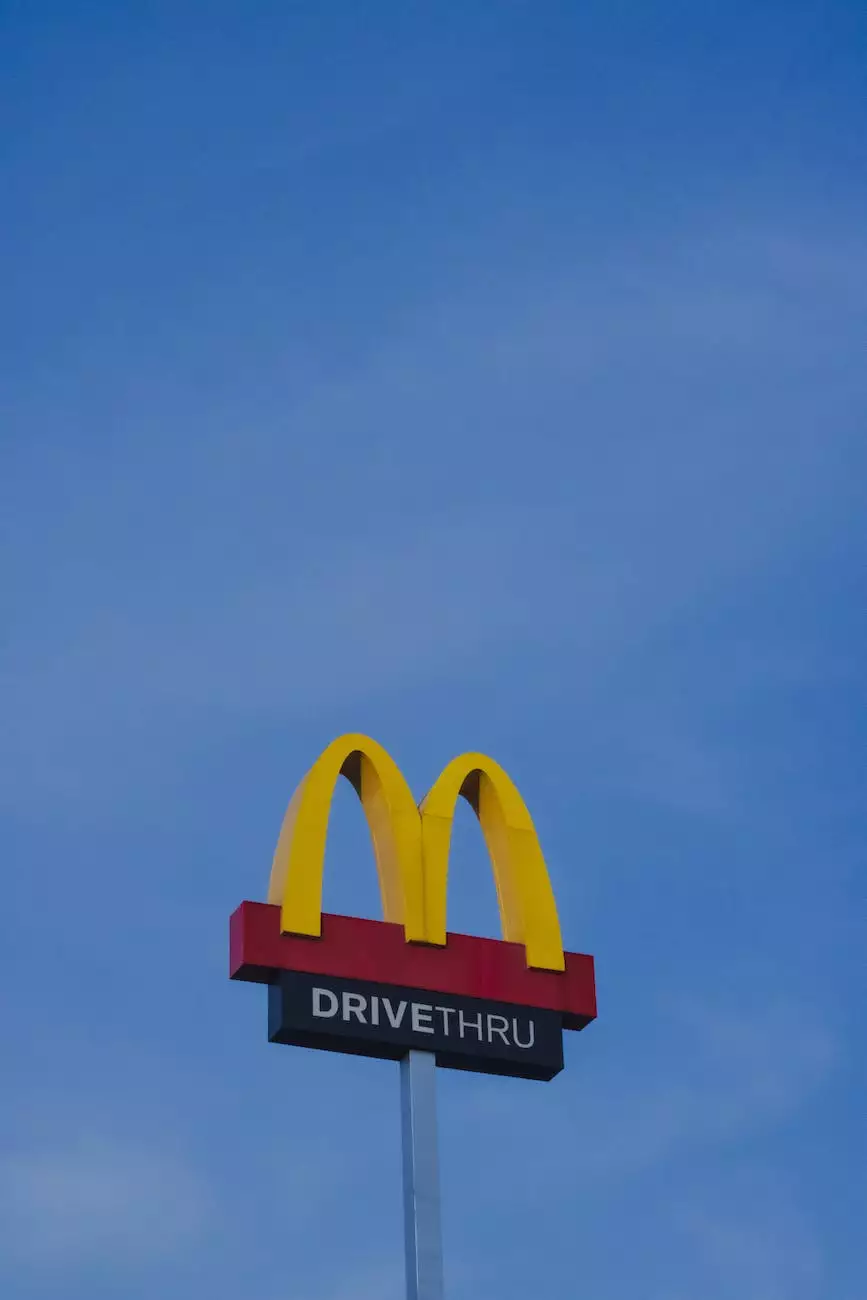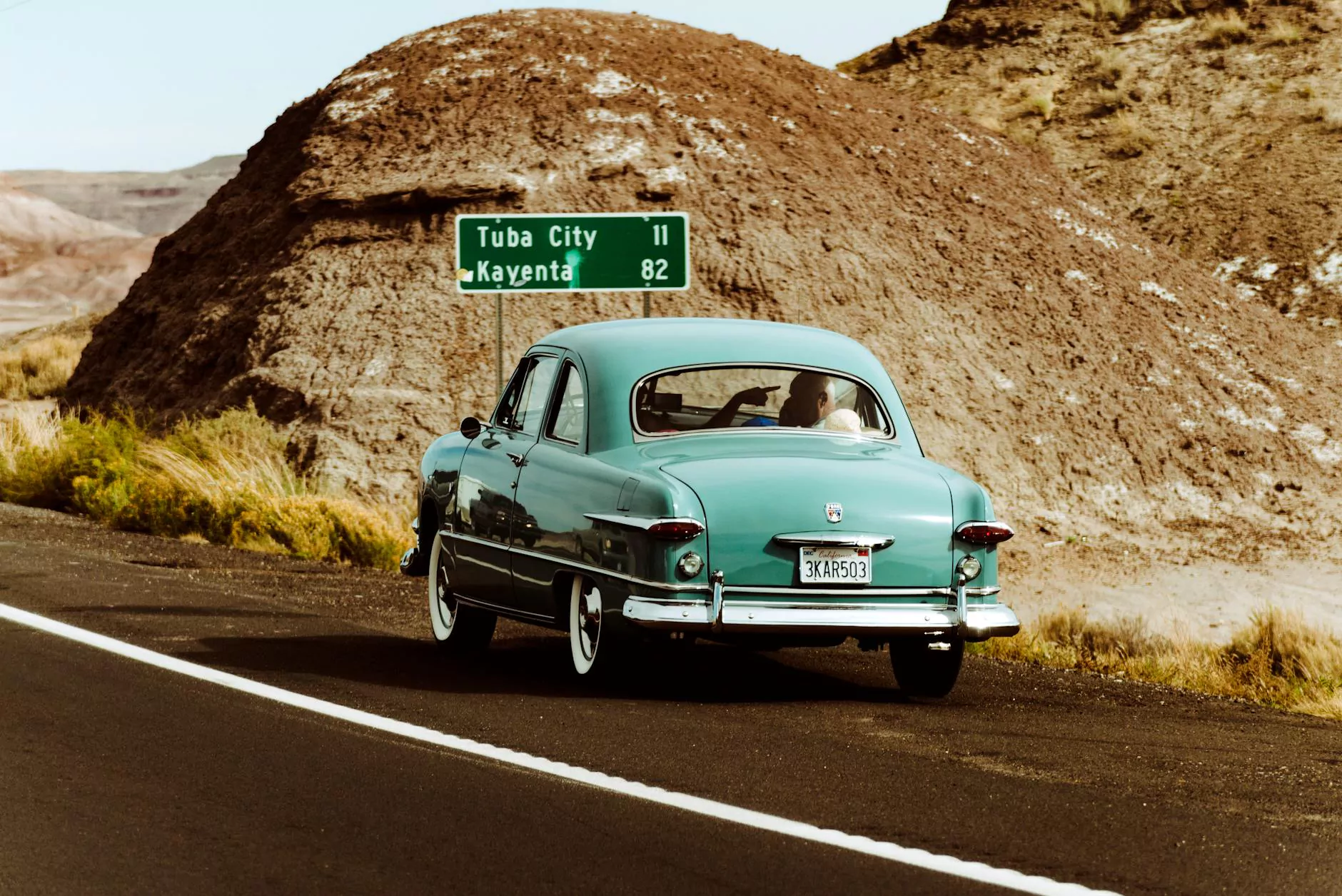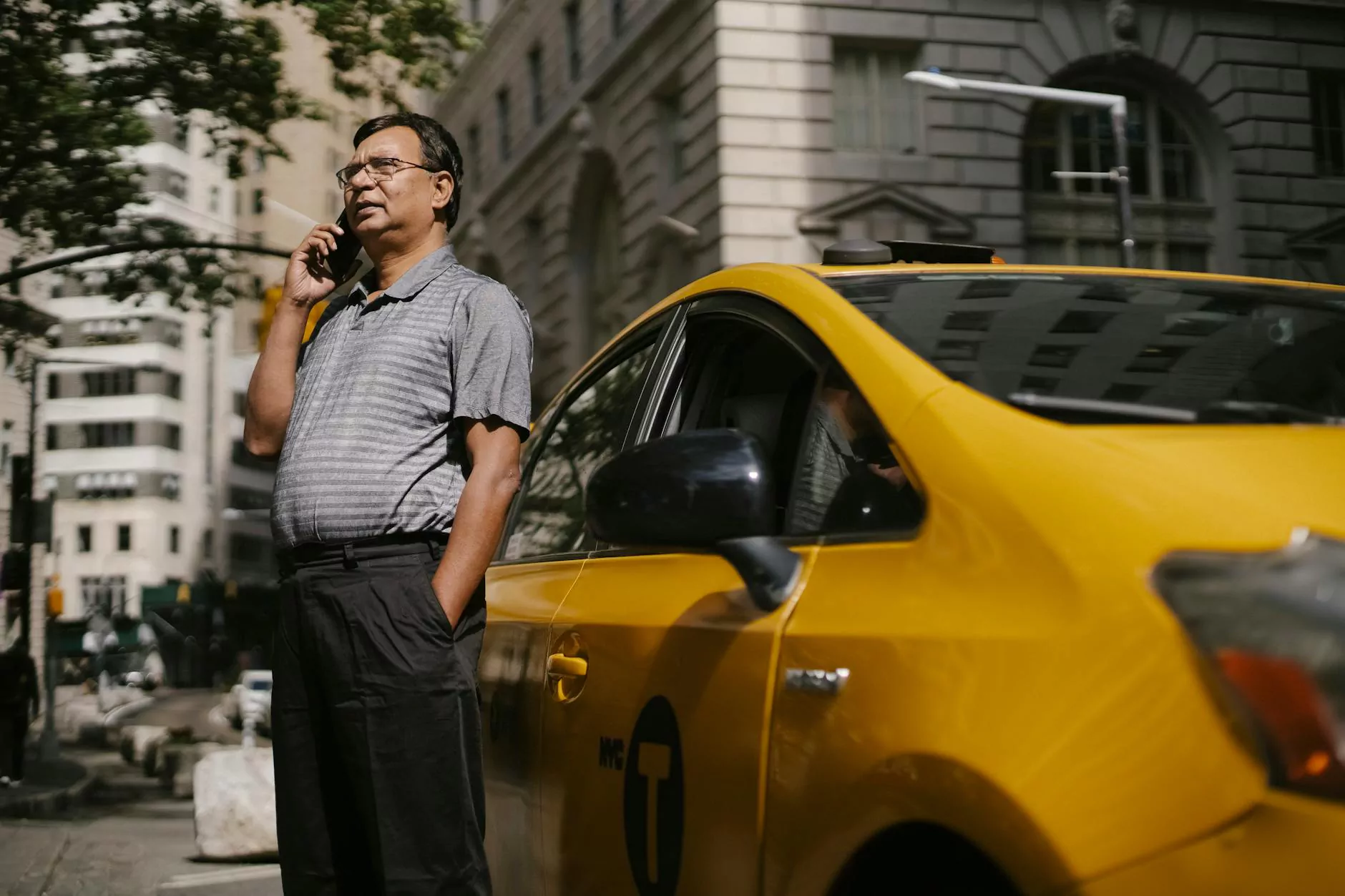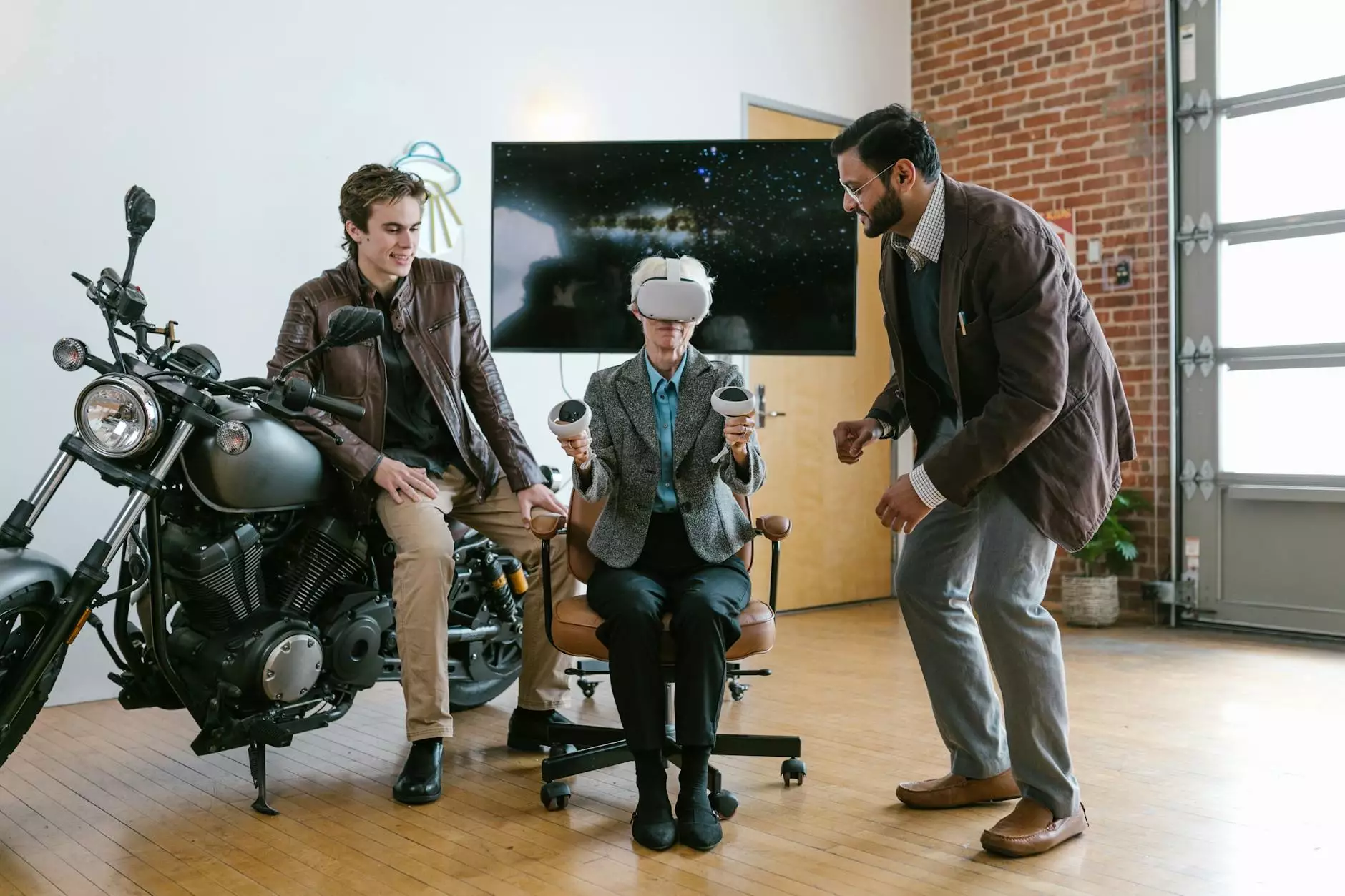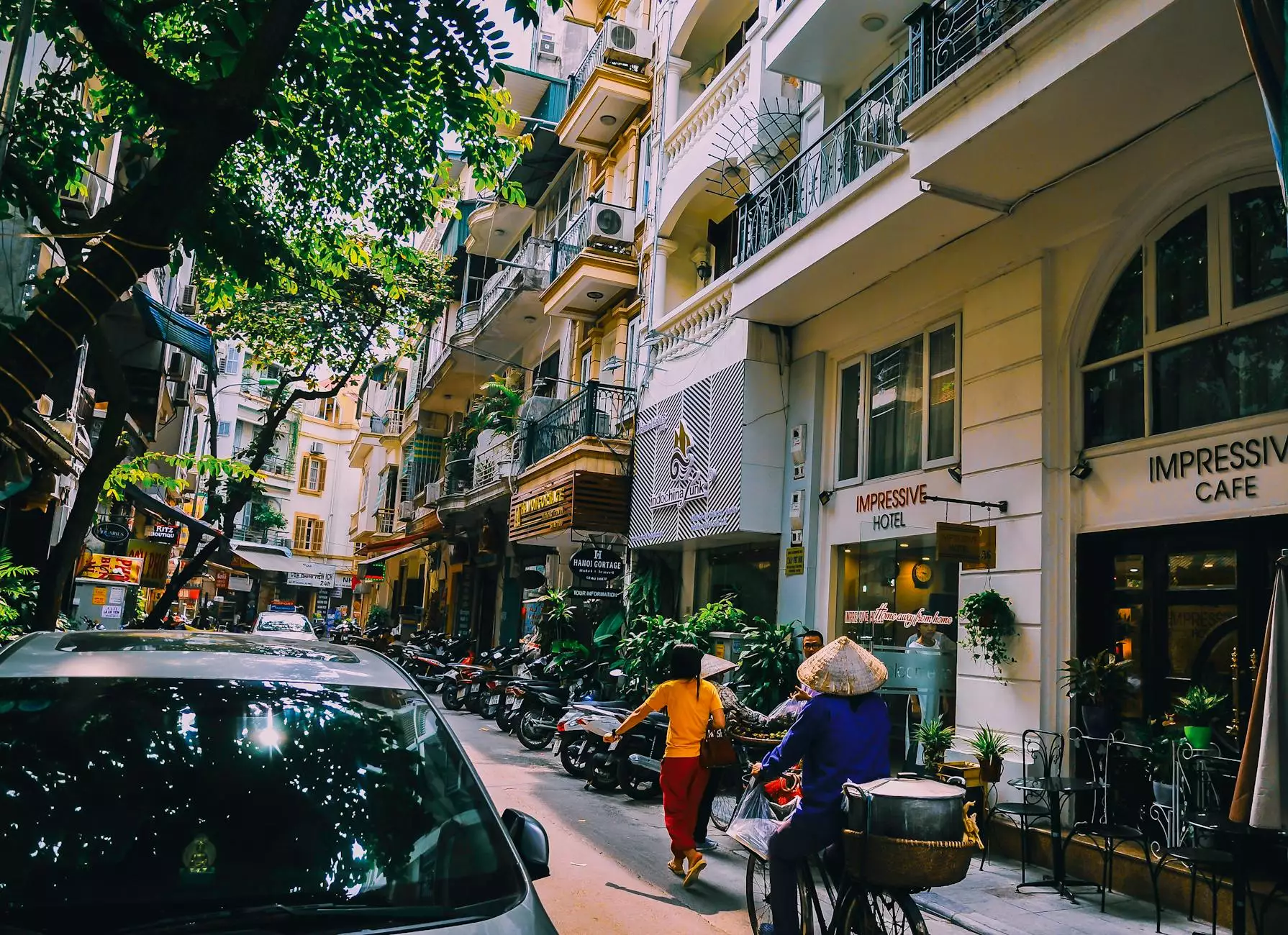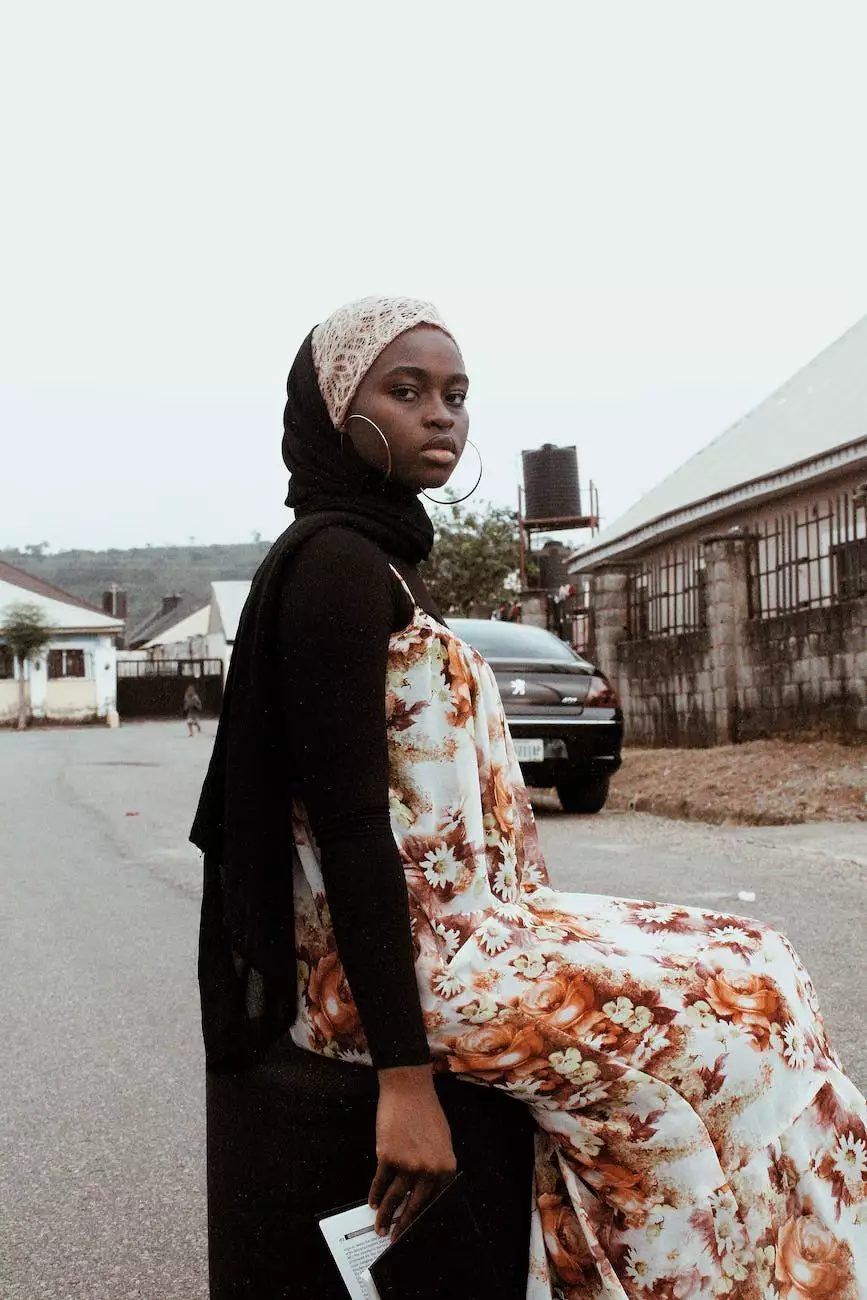Vehicle Wrap Design Artwork Guidelines
Vehicle Wraps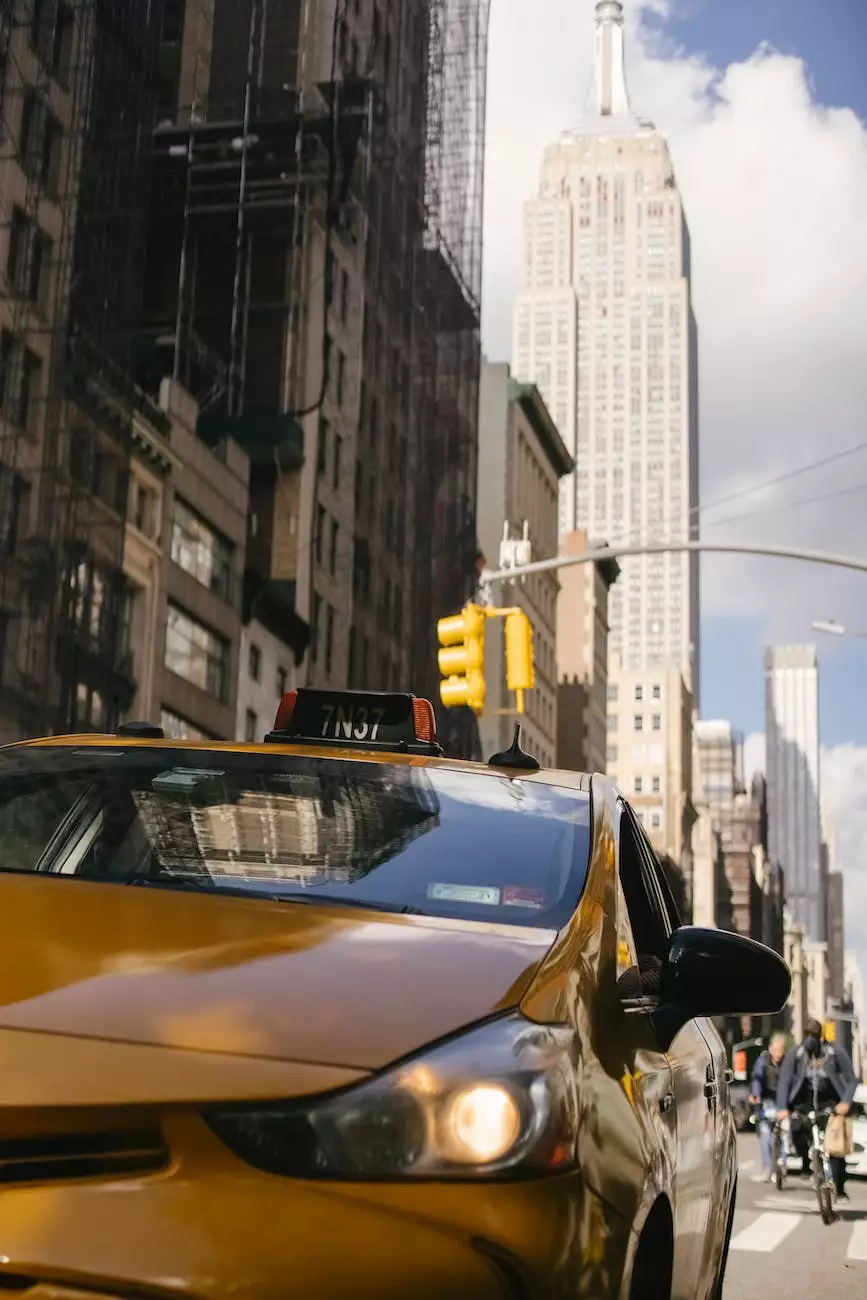
Introduction
Welcome to Fructify Marketing's comprehensive guide on vehicle wrap design artwork guidelines. When it comes to vehicle wraps, an effective design is crucial for attracting attention and delivering your message effectively. In this guide, we will outline the essential guidelines to ensure your vehicle wrap design meets the necessary requirements for a professional-looking result.
Choosing the Right Design
Creating a visually appealing and impactful vehicle wrap starts with selecting the right design. Consider the following factors:
1. Branding Consistency
Your vehicle wrap design should be consistent with your overall brand identity. Use your company's logo, color scheme, and font to maintain a cohesive and recognizable look.
2. Clear Message
A vehicle wrap offers a limited amount of space for text and graphics, so it's crucial to communicate your message clearly and concisely. Focus on the key information that your target audience needs to know.
3. High-Quality Images
When incorporating images into your vehicle wrap design, ensure they are of high quality and resolution. Blurry or pixelated images can diminish the overall impact of your design.
Design Specifications
Now that you have a general understanding of what to consider when creating your vehicle wrap design, let's dive into the specific design specifications:
1. Size and Layout
Before starting your design, gather accurate measurements of your vehicle's dimensions. This includes the length, width, and height of the overall surface area that will be wrapped. Having precise measurements will help you create a design that fits perfectly and avoids any distortions or misalignments.
2. Bleed and Safety Margins
It's essential to include bleed and safety margins in your design. Bleed refers to extending your design beyond the actual edge of the vehicle. This ensures there are no white edges visible once the wrap is installed. Safety margins are areas within the design where important information and graphics should be placed, allowing for proper visibility and readability.
3. Color Mode and Resolution
Always design and submit your artwork in CMYK color mode to ensure accurate color representation. Additionally, adhere to the recommended resolution of at least 300 DPI (dots per inch) to maintain clarity and sharpness in printed output.
4. Typography and Readability
Choose fonts that are legible from a distance and ensure text is large enough to be easily read. Avoid using too many different fonts or styles, as this can make your design look cluttered or unprofessional.
5. File Formats
When submitting your artwork, make sure to provide the files in the specified formats. Common file formats accepted for vehicle wrap designs include vector files (such as .ai or .eps) and high-resolution image files (such as .jpg or .png).
Working with a Professional
If you are unsure about designing your vehicle wrap or want to ensure a flawless result, consider working with a professional graphic designer or a specialized vehicle wrap company. They have the expertise and experience to create an eye-catching design that adheres to all relevant guidelines and specifications.
Conclusion
In conclusion, designing a successful vehicle wrap requires careful consideration of various factors, including branding consistency, clear messaging, high-quality images, and adherence to design specifications. By following the guidelines provided by Fructify Marketing, you can create a stunning vehicle wrap that effectively promotes your business and captures attention on the road.

